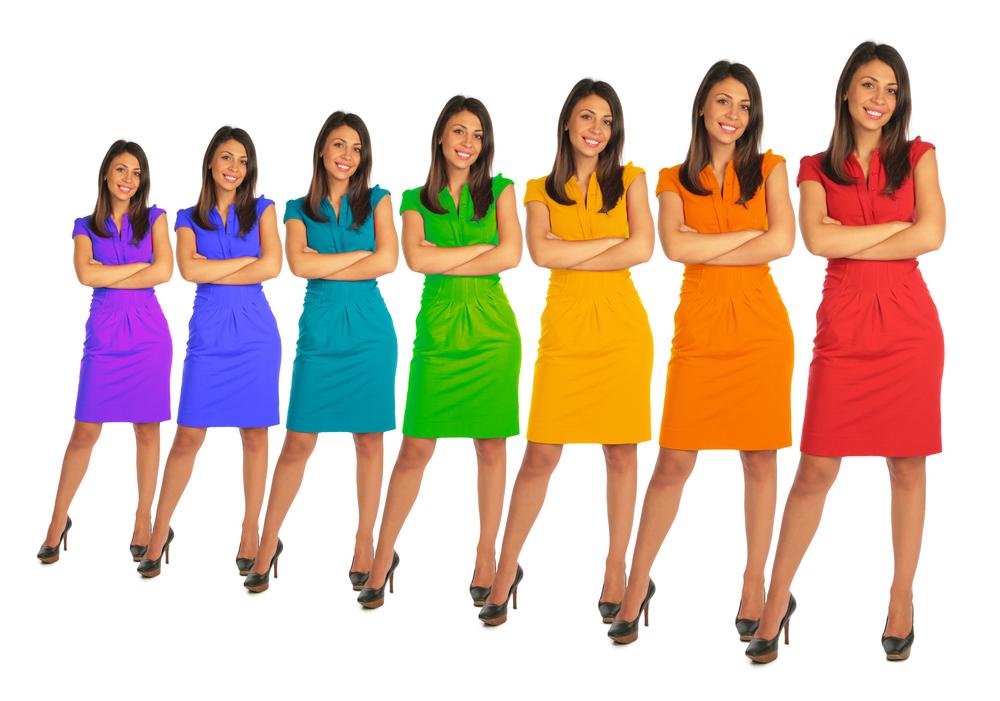There has been passionate debate on the internet over a blue and black dress that to some people – perhaps even the majority – appears white and gold. But what is the reason behind a discrepancy that has caused such division within households and offices?
The story began when Caitlin McNeill posted a picture of a dress that was worn to a wedding, but no one appeared to be able to agree on what colour it was. The picture, and debate, went viral.
